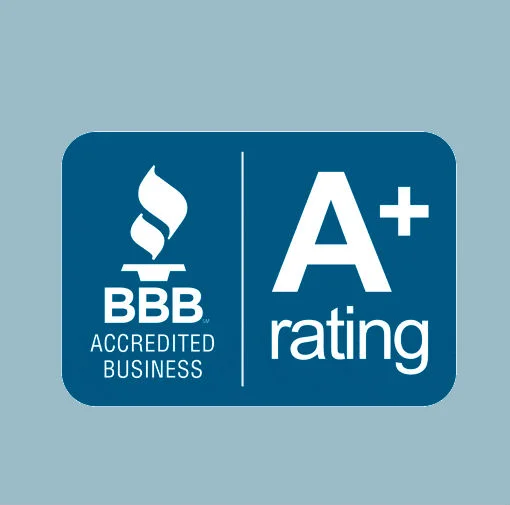The Curious Origin of Unwanted Email: Keeping Medical Marketing in the Safe Zone

You may be surprised to learn that "spam" has a curious and slightly amusing history.
As one source has it, S.P.A.M. is an abbreviation for "Send Post All Members." Could be...but here's a back-story that we like better.
That s-word stuff we all know and hate was first created as a tool for marketing a professional practice. But to everyone's great relief, it was NOT the invention of doctor advertising or healthcare marketing professionals.
The dubious recognition for inventing spam goes to two lawyers.
In 1994 these enterprising chaps decided to promote their professional services by posting an advertising message to all of the hundreds of USENET message boards in the nation. (Nearly 20 years ago Facebook had yet to be invented and bulletin boards were the online common-interest communities of the day.)
Understandably, this first-of-its-kind mass posting of legal advertising ignited a conversational firestorm. We suspect that-then as now-it was a negative PR backlash. We haven't verified this, but according to popular legend, the "online communities coined the term spam, referring to the Monty Python skit where spam is mentioned 130 times."
Not to defend the idea or the lawyers who first used this early marketing technique, but anti-spam regulations didn't exist at the time. We'd like to think that, had these members of the bar foreseen the disastrous downside, they would never have taken up this form of professional services advertising.
About a decade later, the United States Congress enacted the CAN-SPAM Act of 2003. (If you've got a day or two for free reading, all 10,117 words are here.) We're not offering legal advice here, but the cumbersome text boils down to honesty and common sense.
A special note is appropriate here. Anti-spam regulations take aim at fraudulent, misleading, illegal and inappropriate uses of email, and we've never known a healthcare marketing client to have a problem with compliance. In fact, it's relatively easy for legitimate medical practice advertising and hospital marketing activities to know and observe the rules of the digital highway.
But if you haven't looked at the anti-spam regulations recently, the Federal Trade Commission (FTC), Bureau of Consumer Protection provides an easy-to-read compliance guide for business. If you are using, or plan to use, broadcast email, e-newsletters or the like in your doctor marketing plan, the FTC reminds everyone that the CAN-SPAM Act doesn't apply just to bulk email.
[The rules] cover all commercial messages, which the law defines as "any electronic mail message the primary purpose of which is the commercial advertisement or promotion of a commercial product or service," including email that promotes content on commercial websites.
Fortunately, there are only seven fundamentals to staying safe.
- Don't use false or misleading header information. Your "From," "To," "Reply-To," and routing information-including the originating domain name and email address-must be accurate and identify the person or business who initiated the message.
- Don't use deceptive subject lines. The subject line must accurately reflect the content of the message.
- If it's advertising, identify the message as an ad. The law gives you a lot of leeway in how to do this, but you must disclose clearly and conspicuously that your message is an advertisement.
- Tell recipients where you're located. Your message must include your valid physical postal address. This can be your current street address, a US post office box, or an authorized commercial mail-receiving agency.
- Tell recipients how to opt-out of receiving future email from you. Your message must include a clear and conspicuous explanation of how the recipient can opt-out of getting email from you in the future. Craft the notice in a way that's easy for an ordinary person to recognize, read, and understand. Give a return email address to allow people to communicate their choice to you.
- Honor opt-out requests promptly. Any opt-out mechanism you offer must be able to process opt-out requests for at least 30 days after you send your message. You must honor a recipient's opt-out request within 10 business days.
- Monitor what others are doing on your behalf. Even if you hire another company to handle your email marketing, you can't contract away your legal responsibility to comply with the law. Both you and the company that actually sends the message may be held legally responsible.
Three additional and helpful notes.
- A reputable "white list" email service provider will gladly help. Companies that help facilitate email mailings-via software or broadcast services-want their customers to stay safe. Many of the better known companies, such as ConstantContact, iContact and MailChimp, provide online compliance tips. (For example, you can see the MailChimp page of tips is here.)
- The Federal Communications Commission (FCC) also has regulations. In this increasingly mobile age, you should know that the FCC has a ban on sending unwanted commercial email messages to wireless devices. This includes cell phones and pagers where the message uses an Internet address that includes a domain name. (The FCC also publishes an online reference guide.)
- Talk to an attorney. Although CAN-SPAM regulations are fairly straight forward, a review by an experienced lawyer can be a comforting safety net. (Legend has it that lawyers were on hand when spam was invented.)
The bottom line here is that doctors, medical practices, hospital PR teams and other healthcare marketing professionals will not have difficulty complying with CAN-SPAM rules. Frankly, nobody likes "Self Propelled Advertising Material," or "Sending Persistently Annoying Mail," or "Senseless Pointless Annoying Message."
But that's not what legitimate healthcare marketing and email messaging is all about.
Related Articles:
31 Words You Can’t Use in Email and Other Safety Tips
Medical Marketing Email: Eight Essentials for Greater Success
10 Insider Tips for Doctors About Email Marketing









